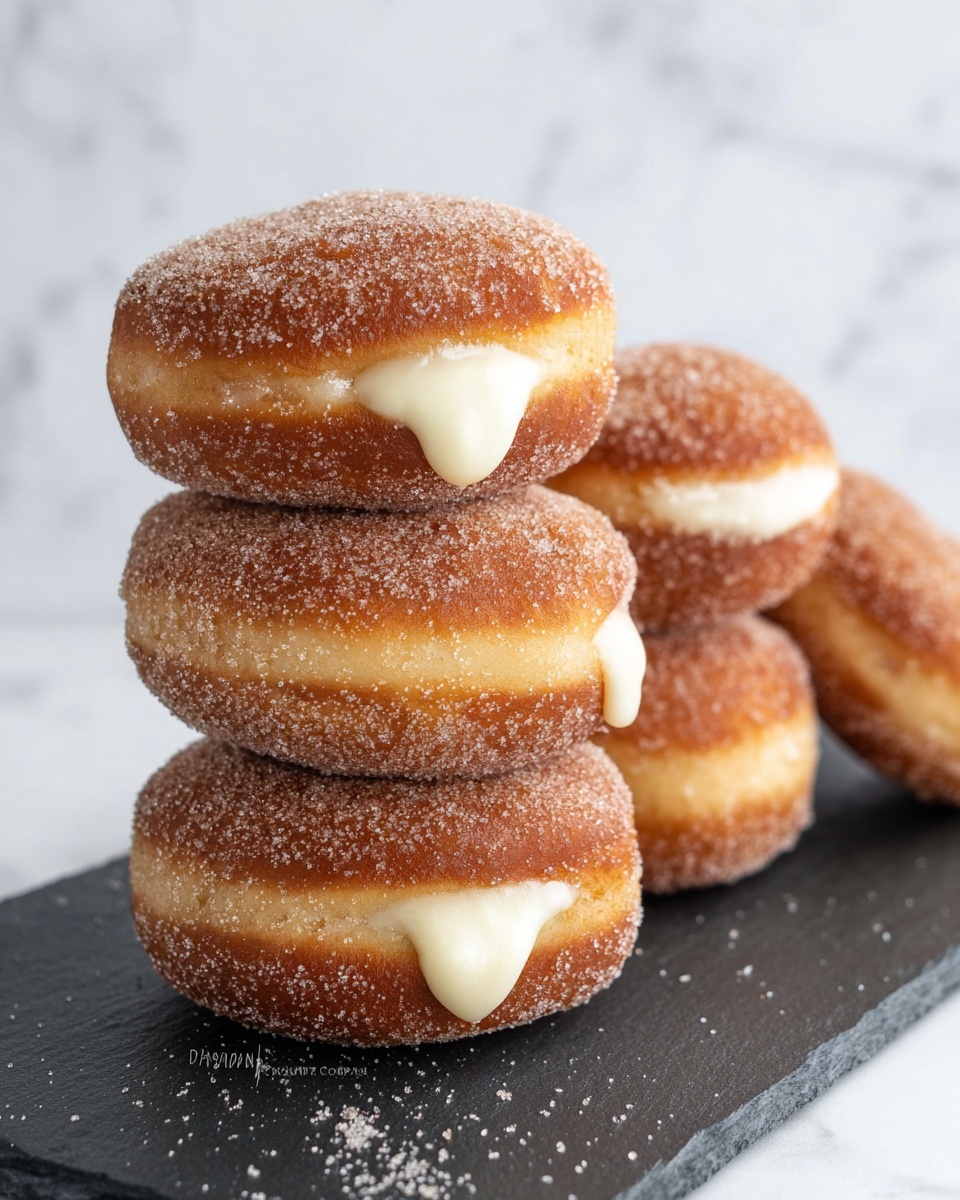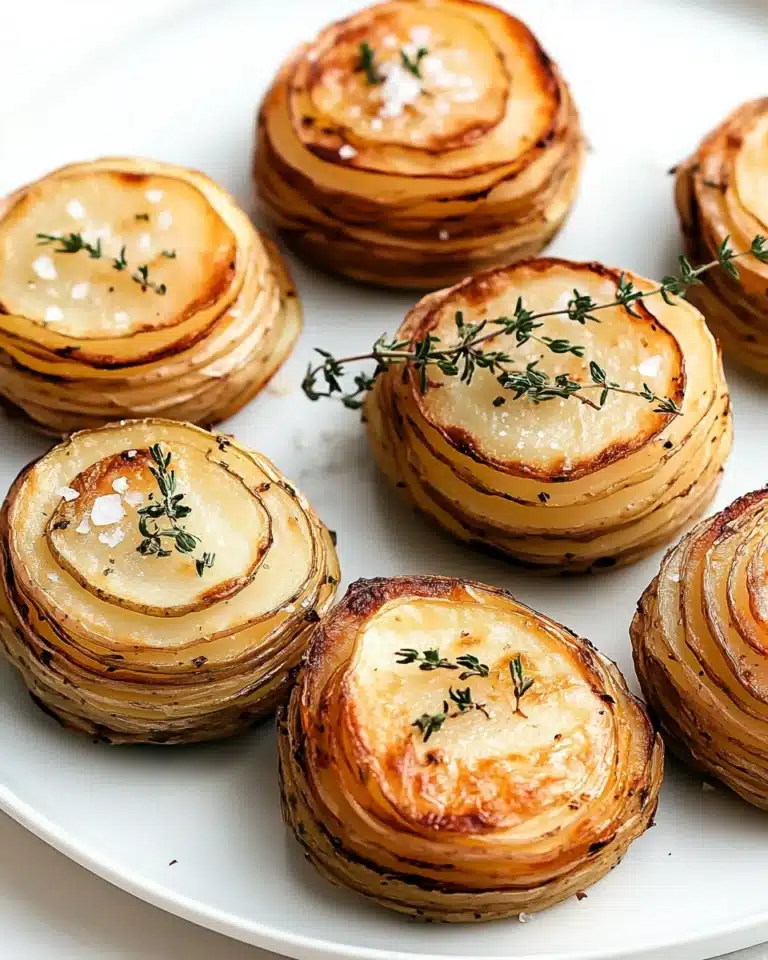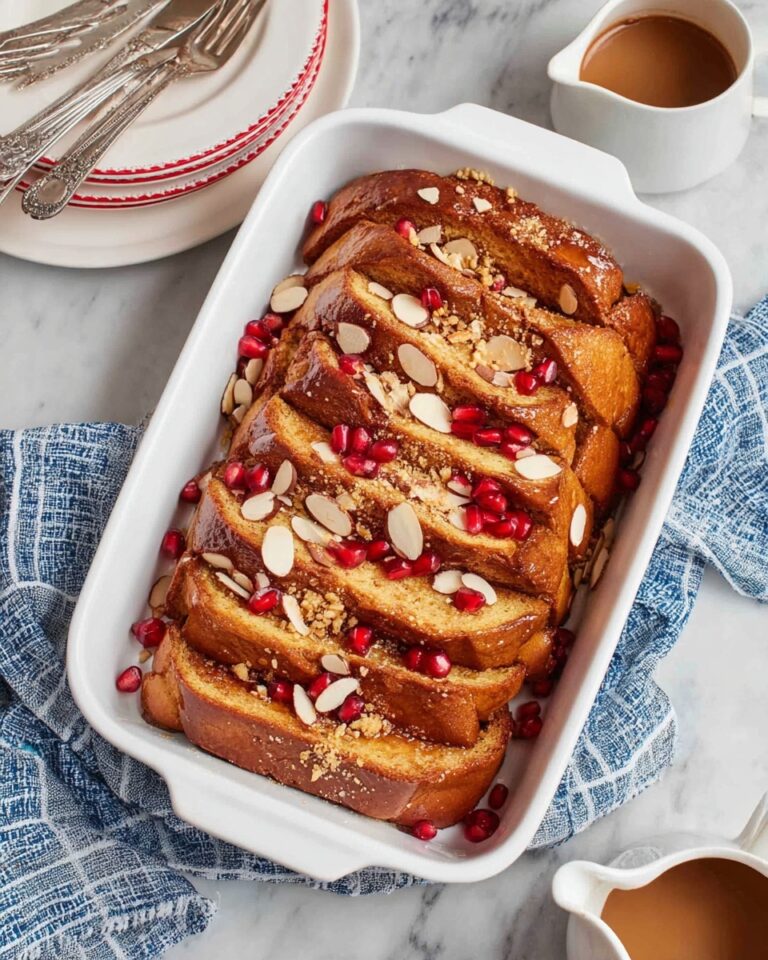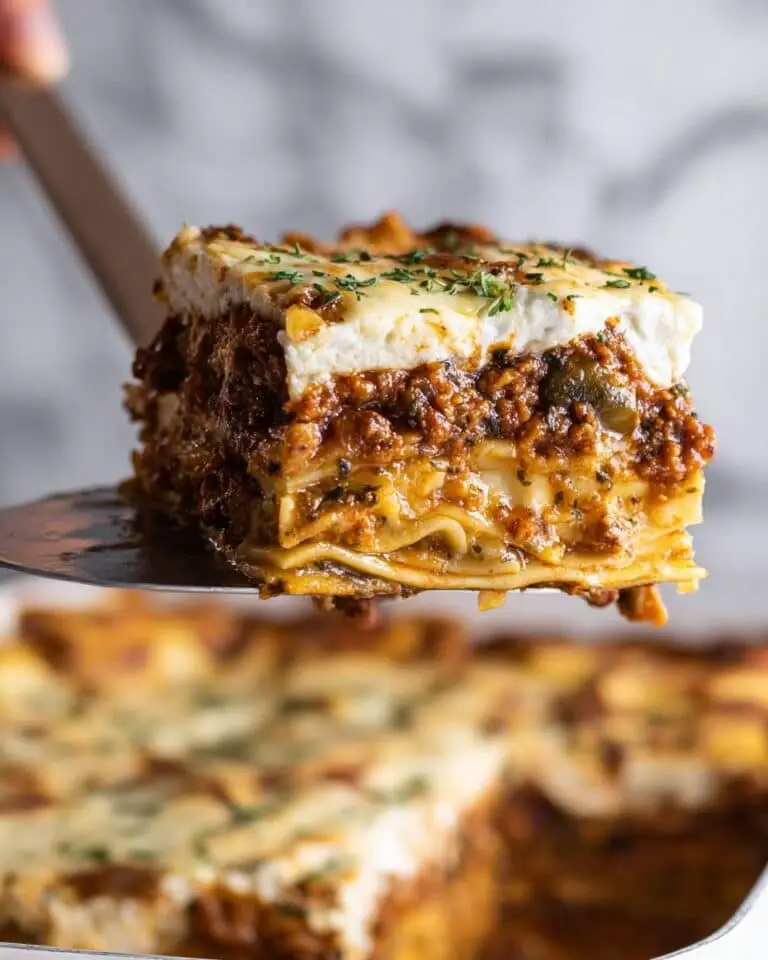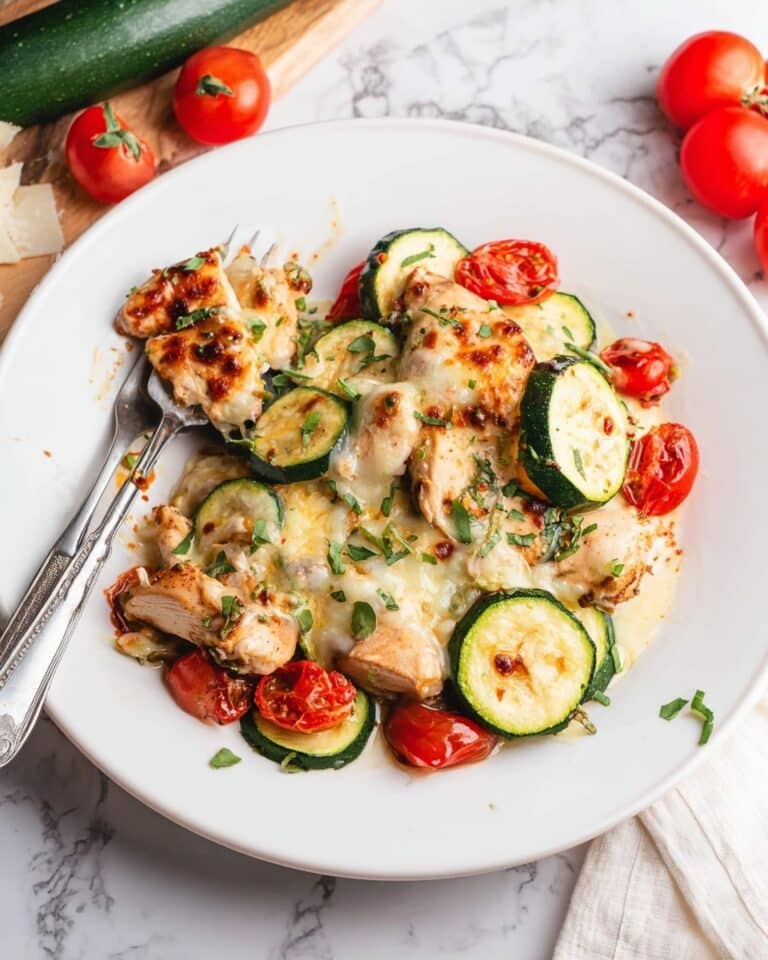If you’ve ever bitten into a donut that’s bursting with creamy vanilla custard, you know it’s something truly special. I’m excited to share this Custard Filled Donuts Recipe with you because it’s one of those treats that feels fancy but is actually totally doable at home. I absolutely love how this recipe makes soft, fluffy donuts filled with just the right amount of luscious custard—trust me, once you try it, you’ll find yourself making these for every occasion.
Why You’ll Love This Recipe
- Perfectly Soft Dough: The dough is tender and airy thanks to bread flour and a careful kneading process.
- Rich Custard Filling: Each donut gets filled with creamy custard that isn’t too sweet or runny.
- Fun and Satisfying to Make: The step-by-step process gives you lots of hands-on time, and it’s easier than you think!
- Golden, Sugar-Coated Finish: The final roll in caster sugar adds just the right bit of crunchy sweet magic.
Ingredients You’ll Need
The ingredients here come together beautifully to create a yeasty dough that fries up golden and soft, paired with silky smooth custard. I recommend using fresh, good-quality butter and full-fat milk to get the best flavor.
- Milk: Whole milk works best for richness, and warming it gently helps dissolve the butter perfectly.
- Butter or Block Margarine: Butter gives a lovely depth of flavor, but margarine works too if that’s what you have.
- Strong Plain Flour (Bread Flour): This gives the dough the right chew and structure unlike all-purpose flour.
- Caster Sugar (Superfine Sugar): It dissolves easily in the dough and is perfect for coating the donuts at the end.
- Easy Bake Yeast: The active yeast makes the dough rise beautifully—make sure it’s fresh!
- Free-range Egg: Adds richness and helps bind the dough—room temperature is key so it mixes well.
- Vegetable, Sunflower, or Rapeseed Oil: A neutral oil with a high smoke point is perfect for frying.
- Custard: Use your favorite ready-made custard or homemade for that creamy filling.
Variations
I love tweaking this Custard Filled Donuts Recipe sometimes, whether it’s to suit what I have on hand or to surprise my family with a twist. Don’t be afraid to make it your own!
- Chocolate Custard Filling: For a chocolate lover’s dream, add cocoa powder to your custard—my kids go nuts for this version.
- Gluten-Free Version: Swap the bread flour for a strong gluten-free blend and add an extra egg for binding; the texture is slightly different but still delicious.
- Baked Instead of Fried: If you’re avoiding frying, you can bake the dough balls at 190°C (375°F) for 12–15 minutes, though the fried version is my personal favorite.
- Fruit Jam Filling: Fill these with strawberry or raspberry jam instead of custard for an extra sweet surprise.
How to Make Custard Filled Donuts Recipe
Step 1: Warm the Milk and Melt Butter
Start by gently warming the milk with your butter or margarine in a small saucepan over low heat. You just want the butter to melt—not bubble or boil the milk. This step is crucial because if your liquid is too hot, it can kill the yeast and your dough won’t rise properly. I usually take it off the heat once the butter has melted and then let it cool down a bit before mixing.
Step 2: Mix the Dry Ingredients
Meanwhile, sift your strong plain flour and caster sugar into a large bowl. Add the yeast and give it a gentle stir to disperse everything evenly. Making a well in the center is an old-school step that helps with combining the wet ingredients slowly and evenly.
Step 3: Combine Wet and Dry to Form Dough
Pour the warm milk mixture and the beaten egg into your flour well. Mix everything together using a wooden spoon or your hands until you get a soft, slightly sticky dough. Don’t panic if it’s a little wet—that’s normal. This dough needs some love and kneading next.
Step 4: Knead Until Smooth and Elastic
Turn your dough out onto a well-floured surface. Using floured hands to avoid sticking, knead it for about 10 minutes. You’ll notice the dough becoming less sticky and more stretchy, almost bouncy. This is when you know the gluten has developed well. Kneading can be a bit of a workout, but it really makes a difference in the final donut texture!
Step 5: First Rise in a Warm Spot
Transfer your dough to a lightly oiled bowl to prevent sticking. Cover it with an oiled piece of cling film or a damp tea towel and place it somewhere warm and draft-free (I usually put mine near the oven or on top of the fridge). Let it rise for about an hour, until it doubles in size. This is where the magic happens—patience here means fluffy donuts!
Step 6: Shape the Doughballs and Second Rise
Once your dough has risen, knock it back by pressing down gently to release the air. Knead it briefly on a floured surface and divide into 12 equal pieces. Rolling them between your hands gives lovely smooth balls. Place each ball on a square of greaseproof paper to help with frying later. Cover again and leave them to puff up for another hour. This second rise gives those classic airy donuts.
Step 7: Fry the Donuts Gently
This is the exciting part! Heat your oil in a large pan to 180°C (350°F). I recommend using a thermometer so you keep the temperature steady. Use the square of greaseproof paper under each doughball to carefully lower each donut into the hot oil—this prevents them sticking to the pan. Fry for 90 seconds on each side until golden brown. Don’t overcrowd the pan—frying in batches helps keep the oil hot and ensures even cooking.
Step 8: Drain and Cool
Once golden, use a slotted spoon to remove each donut and hold it above the oil for about 10 seconds to drain excess oil. Transfer to a wire rack to cool completely—this keeps them from getting soggy underneath. Patience here means perfect texture when you fill them.
Step 9: Fill with Custard
Spoon your custard into a piping bag fitted with a large circular nozzle. When donuts are cool enough to handle, poke a hole into the side (I use the end of a wooden spoon). Gently pipe about a teaspoon of custard inside each donut. It might take a few tries to get the perfect amount, but that’s part of the fun.
Step 10: Sugar Coat for a Sweet Finish
Finally, roll each custard-filled donut in caster sugar while they’re fresh. This adds a light crunch and a hint of sweetness that just makes you swoon with every bite.
Pro Tips for Making Custard Filled Donuts Recipe
- Consistent Oil Temperature: I learned to keep my oil at 180°C using a thermometer; it prevents greasy or undercooked donuts.
- Avoid Overcrowding the Pan: Fry in small batches so donuts cook evenly and the oil temperature doesn’t dip.
- Use Greaseproof Paper for Easy Handling: It makes moving and frying the dough balls super smooth and safe.
- Cool Before Filling: Filling hot donuts can cause the custard to melt or leak—letting them cool ensures a neat, creamy center.
How to Serve Custard Filled Donuts Recipe
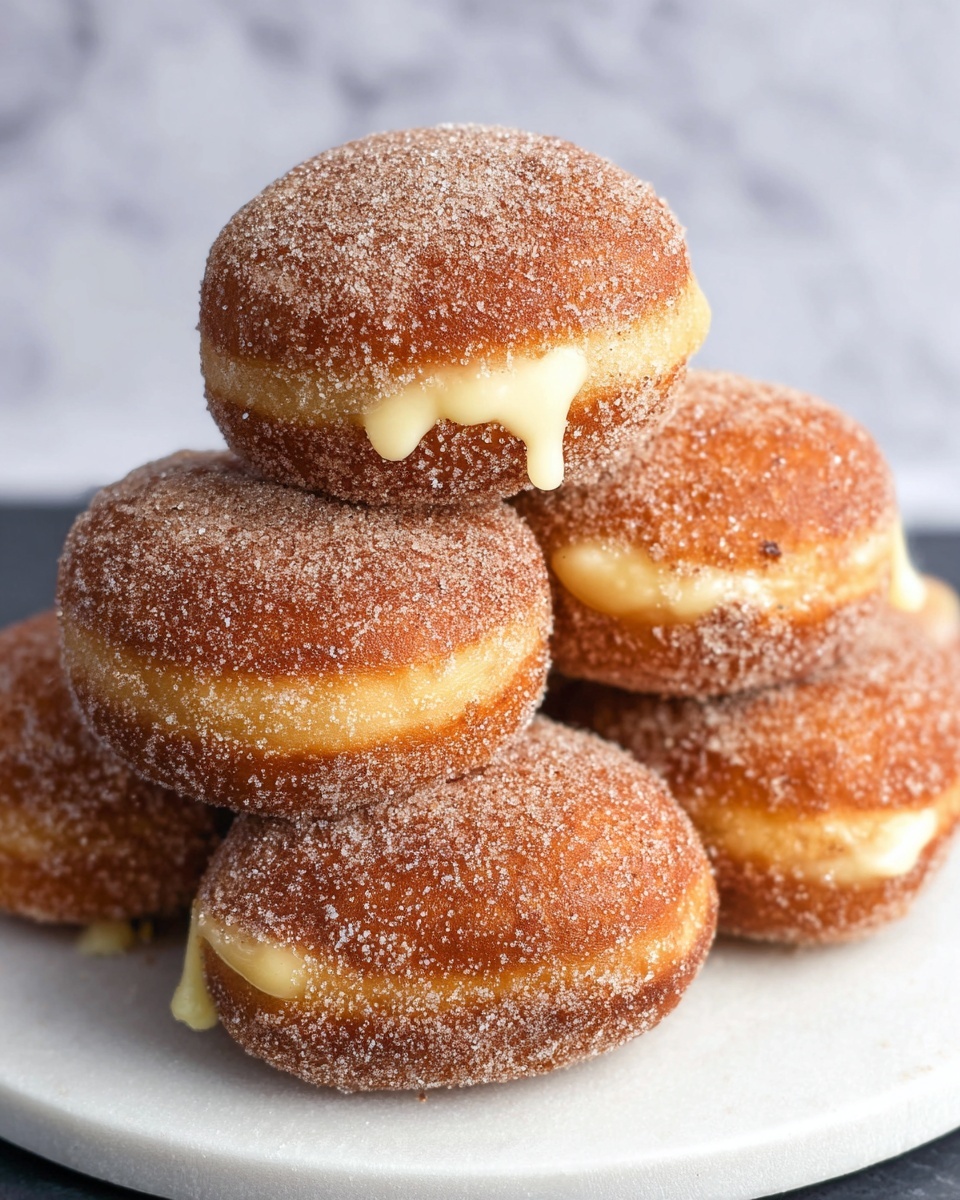
Garnishes
I love to keep it simple with a generous roll in caster sugar, but sometimes I dust a little icing sugar for an elegant touch. For special occasions, a light drizzle of melted chocolate or a sprinkle of cinnamon sugar can turn these into a showstopper.
Side Dishes
These donuts pair wonderfully with fresh fruit, a cup of strong coffee, or even a chilled glass of milk. For brunch, I like serving them alongside scrambled eggs or crispy bacon—the sweet and savory combo never fails!
Creative Ways to Present
For birthdays or gatherings, set up a donut bar where guests can add their own toppings—chopped nuts, sprinkles, or sauces. I once filled the donuts with flavored custards like coffee and pistachio then served them on a platter with edible flowers for a beautiful brunch centerpiece.
Make Ahead and Storage
Storing Leftovers
If you have leftovers (this isn’t easy to happen!), store the custard-filled donuts in an airtight container in the fridge. They keep well for 2 days. I recommend reheating in the oven for a few minutes to regain some softness rather than microwaving, which can make them soggy.
Freezing
I usually freeze the donuts before filling them—either after the second rise or right after frying once cooled. Wrap the unfilled donuts tightly in plastic wrap and pop them in a freezer bag. When you want to enjoy them, thaw, reheat, and then fill with fresh custard. This keeps the texture much better!
Reheating
Reheat leftovers in a preheated oven at 160°C (320°F) for 5–7 minutes. This warms them through and keeps the outside slightly crisp instead of mushy. Avoid microwaving if possible—it makes the sugar coating dissolve and texture less pleasant.
FAQs
-
Can I use all-purpose flour instead of bread flour for this recipe?
While bread flour is recommended because it has a higher protein content which gives the donuts their chewy texture, you can use all-purpose flour if that’s what you have. Just know that the donuts might be a bit softer and less elastic.
-
What’s the best way to tell when the oil is at the right temperature for frying?
The most reliable way is to use a kitchen thermometer to keep the oil at 180°C (350°F). If you don’t have one, test by dropping a small piece of dough into the oil; it should sizzle actively and rise to the surface quickly without browning too fast.
-
Can I make the custard from scratch for the filling?
Absolutely! Homemade custard can add amazing flavor. Just make sure your custard is thick enough to hold shape when piped; let it cool completely before filling the donuts.
-
How do I prevent the custard from leaking out of the donuts?
Fill the donuts only after they’ve cooled completely. Use a moderate amount of custard—too much filling can cause leaking. Also, patch the hole gently after piping to seal it if needed.
-
Is it possible to bake the donuts instead of frying?
Yes, you can bake the dough balls at 190°C (375°F) for 12–15 minutes until golden. The texture won’t be exactly the same (less crispy outside), but it’s a good alternative if you want to avoid frying.
Final Thoughts
There’s something so comforting about making custard filled donuts from scratch, especially when you can share them fresh and warm with people you love. I still remember the first time I made this recipe and how my kitchen smelled like a bakery—such a happy moment. I hope you enjoy this Custard Filled Donuts Recipe as much as I do. Don’t rush the steps, be patient with the rises, and savor each bite—you’re going to wow everyone with how incredible homemade donuts can be. Happy cooking!
Print
Custard Filled Donuts Recipe
- Prep Time: 150 minutes
- Cook Time: 30 minutes
- Total Time: 180 minutes
- Yield: 12 doughnuts
- Category: Dessert
- Method: Frying
- Cuisine: British
Description
These Custard Donuts are soft, fluffy dough balls filled with creamy custard and coated in a generous dusting of caster sugar. They are fried until golden brown to create a perfect balance of crispness and tenderness. This recipe guides you through making the dough from scratch, rising it twice for optimal fluffiness, and carefully frying the donuts to perfection before filling with smooth custard.
Ingredients
Dough
- 120 ml Milk
- 60 g Butter or Block Margarine
- 275 g Strong Plain Flour (Bread Flour)
- 40 g Caster Sugar (Superfine Sugar)
- 7 g Easy Bake Yeast (usually 1 sachet)
- 1 Free-range Egg (at room temperature, beaten)
Frying
- 1 litre Oil (vegetable, sunflower, rapeseed, etc.)
Filling
- 100 g Custard
Instructions
- Warm Milk and Butter: In a small saucepan, heat the milk and butter or margarine over low heat until the butter melts. Remove from heat and let it cool slightly to prevent killing the yeast.
- Prepare Dry Ingredients: In a large bowl, sift together the flour and caster sugar. Add the yeast and mix gently to combine.
- Make Dough: Create a well in the dry ingredients and pour in the warm milk mixture and beaten egg. Mix well, possibly using your hands, to form a soft, slightly sticky dough.
- Knead Dough: Turn the dough onto a floured surface and knead with floured hands for about 10 minutes until smooth and stretchy, adding more flour if necessary.
- First Rise: Place the dough in an oiled bowl, cover with oiled cling film or a damp tea towel, and leave in a draft-free place for about 1 hour until doubled in size.
- Shape Doughnuts: Knock back the risen dough and knead briefly. Divide into 12 equal balls and roll each between hands to smooth. Place on 10 cm² greaseproof paper squares spaced apart on a tray, cover again, and let rise for another hour until doubled.
- Heat Oil: In a large pan, heat the oil to 180°C (350°F), ensuring there is enough oil to deep fry the doughnuts comfortably without sticking.
- Fry Doughnuts: Using the greaseproof paper as a sling, gently drop the doughnuts into the hot oil. Fry for about 90 seconds on one side, flip, and fry for another 90 seconds until golden brown.
- Drain and Cool: Remove the fried doughnuts with a slotted spoon, hold above the oil to drain for 10 seconds, then transfer to a wire rack to cool.
- Fill with Custard: Spoon the custard into a piping bag fitted with a large circular nozzle. Poke a hole in the side of each cooled doughnut with a wooden spoon and pipe in about a teaspoon of custard.
- Coat in Sugar: Roll the filled doughnuts in caster sugar for a sweet finishing touch.
Notes
- Doughy little buns filled with rich custard create a delicious treat.
- Use a thermometer for precise oil temperature to avoid greasy or undercooked doughnuts.
- Ensure dough rises in a draught-free environment for better proofing.
- Piping custard can require trial and error to avoid overfilling or underfilling the doughnuts.
- Using greaseproof paper squares helps transfer the doughnuts safely into hot oil without distortion.
Nutrition
- Serving Size: 1 doughnut (approx. 85g)
- Calories: 310 kcal
- Sugar: 12 g
- Sodium: 150 mg
- Fat: 15 g
- Saturated Fat: 6 g
- Unsaturated Fat: 7 g
- Trans Fat: 0.2 g
- Carbohydrates: 35 g
- Fiber: 1 g
- Protein: 5 g
- Cholesterol: 45 mg

